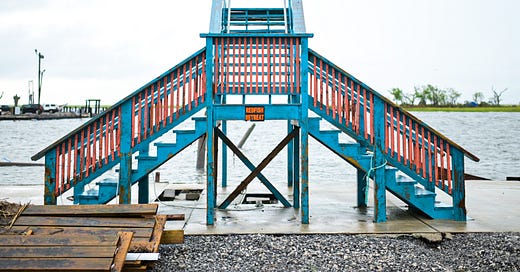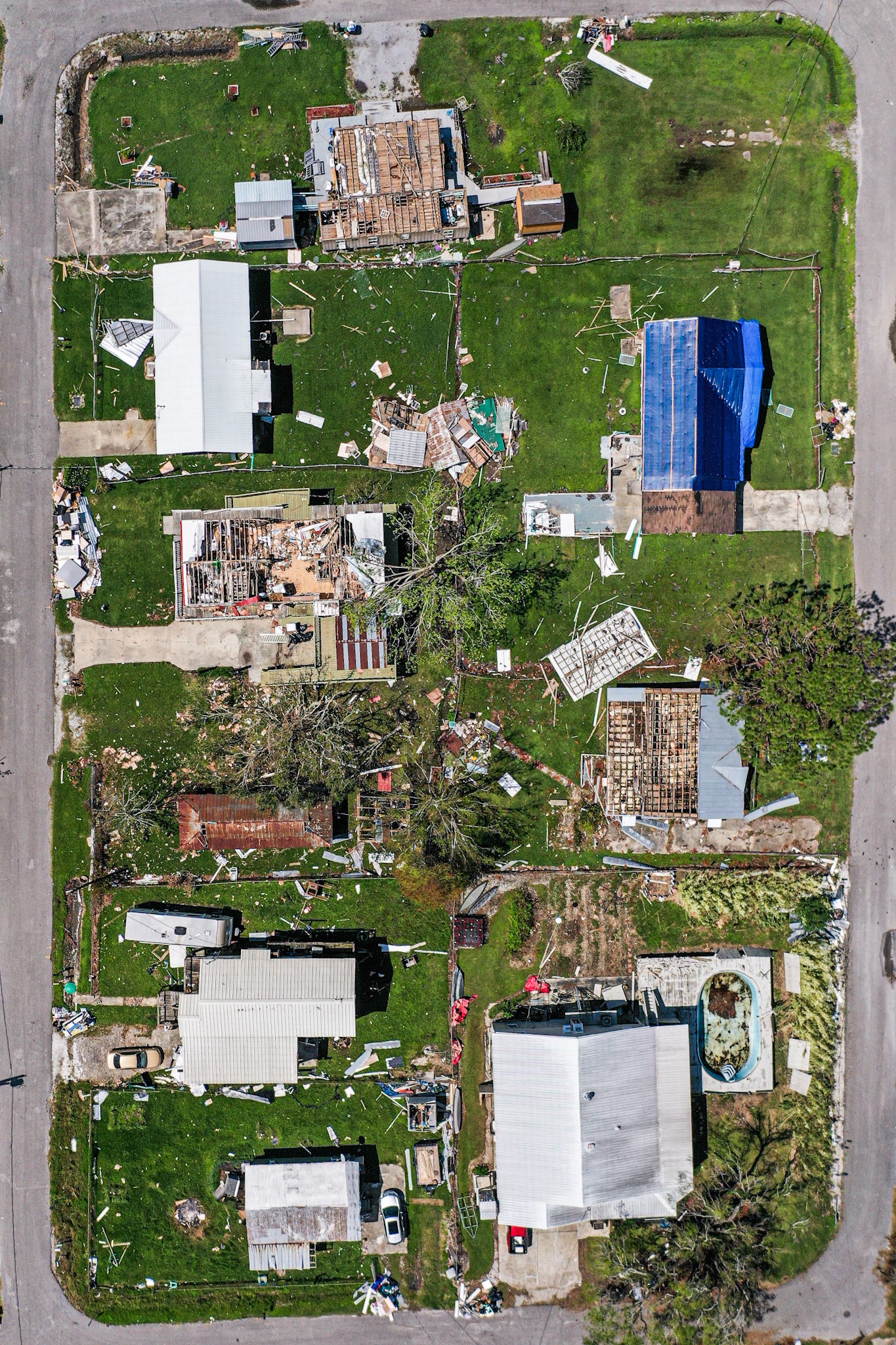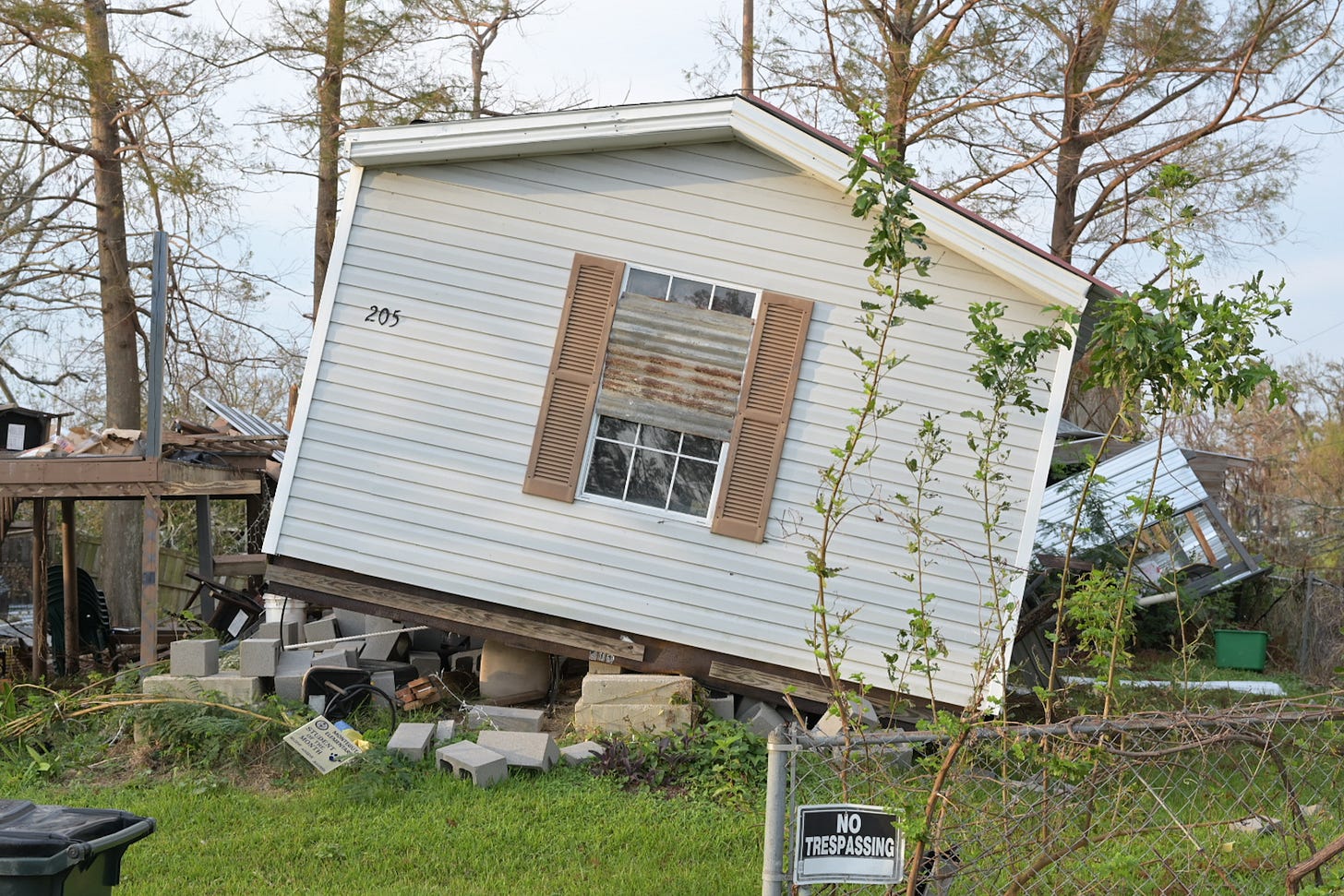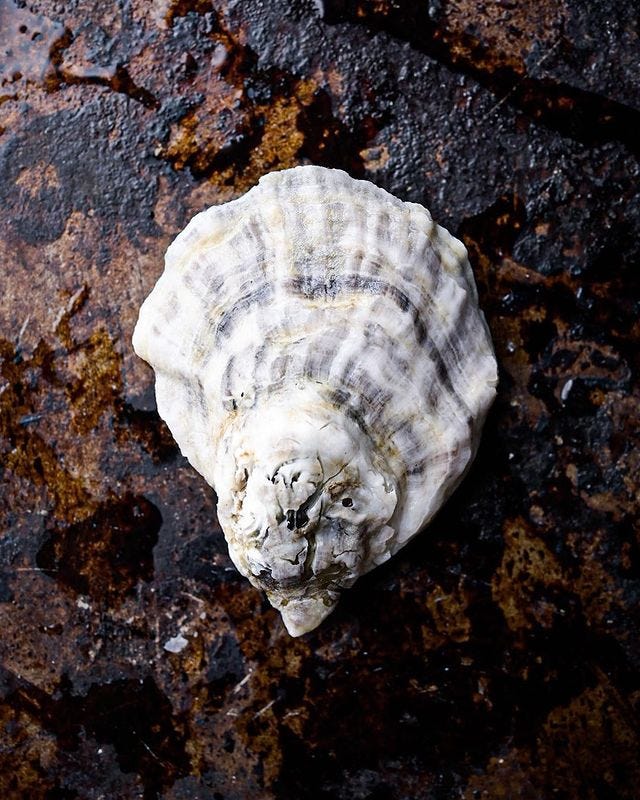Hi friends,
It’s been a minute, y’all. Last time we talked, a storm was threatening South Louisiana, but that threat became reality as Hurricane Ida made landfall on August 29, 16 years to the day after Katrina gutted New Orleans. With sustained winds of 150 MPH—folks down the bayou have told me that gusts were clocked upwards of 177 MPH—the path of destruction Ida left in her wake leaves no doubt that this was one of the strongest storms Louisiana has ever seen.
I still don’t know what day of the week it is—hell, I barely know it’s September (it is September…right?). COVID fatigue turned to hurricane fatigue turned to heat exhaustion then back to work fatigue and all of this is distracting me from my usual late-summer slowdown. And so I’ve been struggling for a couple weeks now to put together a cohesive description of life after the storm, unsure of what’s needed more: an encouraging picture of the community support and bootstrapped mutual aid efforts (which have been incredible!) or a harsher visual reminder of the vast devastation, which, if I’m honest, I don’t want to sit with alone.
I’ll try for both, but know that I’m hesitant to share (or re-share, in some cases) some of the images below, in part because they focus on property and sometimes that can feel distant from the people who’ve lost all of this. Disaster fatigue is also a very real thing, but then again, so is the fear down here that this storm and the communities it has left in shambles will soon be forgotten, as news cycles move on to other headlines.
For every image of destruction, there’s one of tenacity, or of help.
Give a man a gas can and he’ll drive for a day; give a man 100 gas cans and he’ll discover a sense of purpose that’ll drive him for weeks.
A few weeks back, I saw “Gas for generators” on a list of things folks needed, and that just clicked—I have a truck now, after all, and figured I could find enough gas cans to fill the bed. Friends started chipping in to help cover the costs, so I kept making runs, and filling cans so that others could make runs. Hence, the photos below focus on fuel deliveries, but imagine these efforts on a much larger scale, as others haul water, generators, building materials, cleaning supplies, and much, much more.



Please Don’t Forget About the Bayou
While electricity and running water start to flow down the bayou again, recovery is going to take a lot of time, and a lot of resources. If you’re able to, please consider supporting some of the mutual aid efforts being led by locals, including (but certainly not limited to!) Mosquito Supper Club, Krewe of Red Beans, Imagine Water Works, Glass Half Full, and Courtyard Brewery.
Also, lots of folks are helping to tell stories that show the people affected by Ida—here are just a few that I follow:
Sophia Germer, @sophiagermer
Misty Leigh McElroy, @mistymacphoto
Annie Flanagan, @annieflanagan
Emily Kask, @ek_the_pj
Rebecca Plaisance, @whyibakedacake
Lagniappe
It’s almost October, but we’re still here for Hot Linemen September.
The last few weeks have been fairly chaotic, but let’s not forget about that time a cow got stuck up a tree (update: she’s fine!), or when NOLA threw a trash parade after Mayor Cantrell said we could haul our own garbage to the dump (for free!), or when the Superdome caught fire from a pressure washer (update: everyone’s fine!).
Lastly, as we reflect on Ida’s impact, we should probably talk about this. We should definitely talk about this. It’s probably a great time to talk about this, too.
Thank you.
Thank you for reading, for supporting the crabbers and shrimpers and mechanics and all of the families that live down the bayou—thanks especially to those of you who’ve been able to support the Bayou Fund or Krewe of Red Beans or the gas hauls or any of the mutual aid efforts. It all adds up, and your efforts help to carry others forward.
Y’all are the best.














Great synopsis of how life has been post Ida. Keep up the great work James Collier!